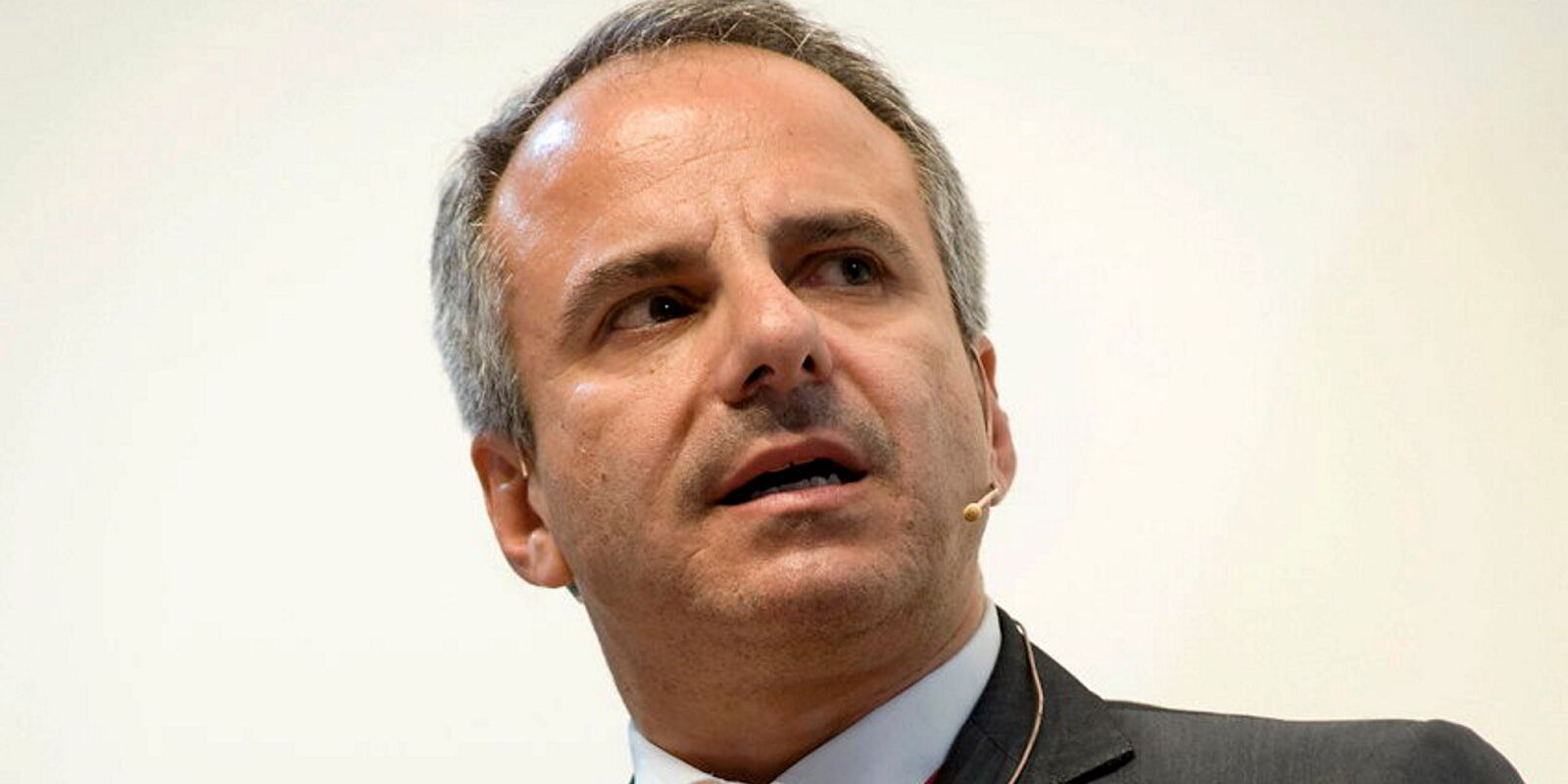If bulk carrier asset prices are so high, then why are sale-and-purchase deals heading towards record-breaking numbers?
Analysts told TradeWinds the question is something they have been asking themselves all year long.
Research by Clarksons shows that bulker sales this year could set a new record.
Clarksons has tracked sales of 529 bulkers of 39.5m dwt so far in 2024, 19% above last year’s run rate in terms of deadweight tonnage.
This is already more than half of the 60.9m dwt that was bought and sold during dry bulk’s banner year 2021 as a whole.
Clarksons’ five-year-old secondhand bulk carrier price index has climbed by 27% over the last year.
John Liddle, head of research and consultancy at Hartland Shipping Services said: “Everyone has a lot of cash, whether in bulkers, tankers, containers or gas.

“Every owner should have made a lot of money at some point since 2020, and many think the bulker values are the best value for money across the major sectors, even if they are historically still quite pricy, so money has flowed into the sector.”
He added: “Likewise, no one is under financial pressure to sell and reduce their price ideas. As well as the pre-existing cash in owners’ hands, banks and leasing companies are offering very attractive financing deals.
“We are seeing Japanese institutions prepared to lend to smaller European owners, which is not something we have seen before.”
The ageing bulker fleet means buyers are vying for more modern tonnage, having been deterred by high newbuilding prices.
“We estimate that around 40% of the geared fleet (in dwt terms) is going to be over 15 years old by January 2027, and environmental and emission regulations will continue to harm older ships, so there has naturally been a bit of a scramble towards more modern tonnage,” Liddle said.
High newbuilding prices are dragging up the values of both modern tonnage and even vessels that are over 10 years old with efficient designs, Liddle said.
Analysts at Allied Shipbroking also see high market values for bulkers of over 10 years old and add that prices are beginning to soften.
“These older vessels would also be the first to suffer in the case of a market downturn, and the relatively modest orderbook offers protection to the values and earnings potential of modern units,” said Allied analyst Matthew Harrington.
“This doesn’t appear to be holding back all buyers, in particular Chinese owners who have been on the buying side for a lot of older (and cheaper) handy[size] and supramax units.”
Chinese owners have bought around 40 supramaxes this year to date, already more than they bought during 2023 overall, according to Allied data.
Spike potential
Uncertainties in freight markets remain, but Liddle thinks owners are just as aware of the potential for huge spikes in spot rates and are factoring this into their purchasing decisions.
“In the last five years, every shipping sector has spiked at some point, even traditionally more ‘stable’ markets like geared bulkers,” he said.
“Shipping markets seem as uncertain as they have ever been — Trump; trade wars, Israel-Iran, climate change, Red Sea, Panama Canal, the list is endless — but uncertainty is often a cause of sudden sharp rises in rates and owners want exposure to this possible upside.
“Of course, there can be sudden drops too, but the peaks are often taller than the dips.”
Pace of selling
“The dry bulk second-hand market has seen exceptional volume so far this year, although really it was concentrated in January and February and since then, the market has remained active but not so remarkable,” said Harrington.
Bulker sales in the first quarter were 60% more than in the first three months of 2023, but the second-quarter sales count was just 15% above the previous year 2023 and 15% above the five-year average for the three-month period.
“May and June in particular, represented a step back towards a more normal pace of activity. Although in June and July, the market appeared to be warming up a bit in terms of transaction count while asset price began to firm more slowly,” Harrington said.
Much of the appetite for capesize acquisitions this year has come from Chinese owners, who have bought around 30 vessels and have sold 12, Harrington said.
Greek owners were the biggest buyers of capesizes last year, buying over 30 vessels in 2023, but are in second place this year.
“For the smaller sizes, the growth of the Turkish fleet has been a clear trend throughout 2023 and 2024, and feature as a top 3 buyer for both handysize and supramax/ultramax vessels in 2024,” Harrington said.
Capesizes currently have the biggest potential total return on investment for 12 years, but VLCCs are still more theoretically more lucrative, according to analysis by Clarksons Research.
The firm looked at the theoretical total return of buying a five-year-old VLCC, trading it in the spot market and then selling it five years later, compared with doing the same with a five-year-old capesize.
VLCCs have led the way in hypothetical total returns since 2022 and the possible 103% total return is at its largest since September 2009.
For capesizes, Clarksons calculated a potential 91% total return, the biggest since February 2012.
“The VLCC purchased in July 2019 as a five-year-old for $71m would sell for $85m as a 10-year-old today, and would have generated an additional $59m in spot earnings (after operating expenditure), a total return of $73m, 103% of the original asset outlay,” Clarksons said in its research note.
“The capesize purchased as a five-year-old old in July 2019 for $37.5m would sell for $45m as a 10-year-old, and would have made an additional $27m in spot earnings (after operating expenditure), a total return of $34.5m, 91% of the original outlay.”







